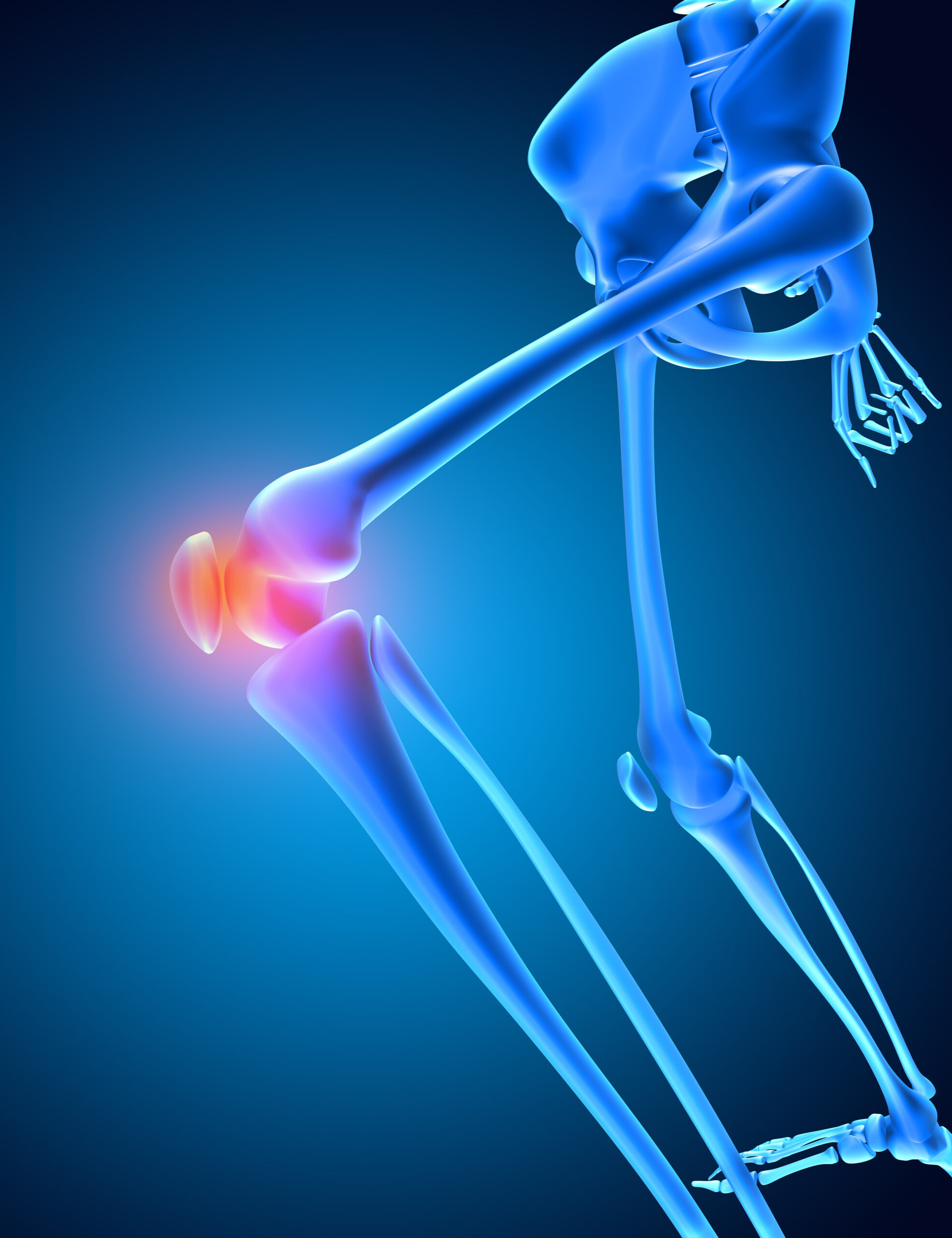Continental Drift Theory
- Proposed by Alfred Wegener (1912):
- Suggested that all continents were once part of a single supercontinent called Pangaea.
- Pangaea broke apart around 200 million years ago, forming two large continents:
- Laurasia (Northern hemisphere).
- Gondwanaland (Southern hemisphere).
- Continents drifted to their current positions over millions of years.
- Evidence Supporting Continental Drift:
- Jigsaw Fit: Coastlines of continents like South America and Africa fit together.
- Fossil Evidence: Similar fossils of plants and animals found on different continents (e.g., Mesosaurus in South America and Africa).
- Rock Formations: Similar mountain ranges and rock types on different continents (e.g., Appalachian Mountains and Caledonian Mountains).
- Paleoclimatic Evidence: Evidence of ancient glaciers in regions like India, Australia, and South America, suggesting they were once located near the South Pole.
- Limitations of the Theory:
- Wegener could not explain the mechanism behind the movement of continents.
- Critics argued that the forces required to move continents were not adequately explained.
Convectional Current Theory
- Proposed by Arthur Holmes in the 1930s.
- Suggested that convectional currents in the mantle are responsible for the movement of continents.
- These currents are generated due to radioactive decay in the Earth’s interior, causing heat and magma to rise and fall.
Seafloor Spreading Theory
- Proposed by Harry Hess in the 1960s.
- Key Concepts:
- The ocean floor is not permanent; it is constantly being renewed.
- Magma rises from the mantle at mid-oceanic ridges, creating new oceanic crust.
- The old crust is destroyed in trenches (subduction zones).
- Evidence:
- Age of Rocks: Rocks near mid-ocean ridges are younger, while those near trenches are older.
- Magnetic Stripes: Symmetrical patterns of magnetic stripes on either side of mid-ocean ridges indicate periodic reversals of Earth’s magnetic field.
Plate Tectonics Theory
- Definition: The Earth’s lithosphere is divided into several tectonic plates that float on the semi-fluid asthenosphere.
- Types of Plate Boundaries:
- Divergent Boundaries: Plates move apart (e.g., mid-ocean ridges).
- Convergent Boundaries: Plates collide (e.g., Himalayas formed by the collision of the Indian and Eurasian plates).
- Transform Boundaries: Plates slide past each other (e.g., San Andreas Fault).
- Forces Driving Plate Movements:
- Mantle convection currents.
- Ridge push and slab pull forces.
- Significance:
- Explains the formation of mountains, earthquakes, and volcanoes.
- Helps understand the distribution of continents and oceans.
Evolution of Continents and Oceans
- Pangaea (250 million years ago):
- Single supercontinent surrounded by a single ocean called Panthalassa.
- Breakup of Pangaea:
- Formed Laurasia and Gondwanaland.
- Further breakup led to the formation of modern continents.
- Tethys Sea:
- A shallow sea between Laurasia and Gondwanaland.
- Remnants include the Mediterranean Sea, Black Sea, and Caspian Sea.
Distribution of Earthquakes and Volcanoes
- Earthquakes:
- Concentrated along plate boundaries (e.g., Pacific Ring of Fire).
- Pacific Ring of Fire is explained in volcanism notes
- Caused by tectonic plate movements.
- Volcanoes:
- Found at divergent and convergent boundaries.
- Examples: Mid-Atlantic Ridge, Andes Mountains.
Major Ocean Basins
- Pacific Ocean: Largest and deepest ocean.
- Atlantic Ocean: S-shaped, with a mid-ocean ridge.
- Indian Ocean: Smaller and younger than the Pacific and Atlantic.
- Southern Ocean: Surrounds Antarctica.
- Arctic Ocean: Smallest and shallowest.
Movement Of Indian plate
Introduction
- The Indian Plate was originally part of the Gondwanaland supercontinent.
- Over millions of years, it has moved northward, leading to the formation of the Himalayas and shaping the Indian subcontinent.
Geological Background
- Tectonic Setting: The Indian Plate is a minor plate within the Indo-Australian Plate, which also includes the Australian Plate.
- Plate Boundary Types:
- Convergent (Destructive): Collision with the Eurasian Plate.
- Divergent (Constructive): Separation from the Antarctic Plate.
- Transform (Conservative): Horizontal movements along boundaries.
Phases of Indian Plate Movement
A. Breakup from Gondwanaland (~150 million years ago)
- India was once part of Gondwanaland, along with Africa, Australia, Antarctica, and South America.
- Due to convection currents, Gondwanaland started splitting in the Jurassic Period (~150 million years ago).
B. Northward Drift (~100-80 million years ago)
- The Indian Plate detached from the African Plate and started moving northward at a rapid pace (~15-20 cm/year).
- The Tethys Sea existed between India and Eurasia during this time.
C. Collision with the Eurasian Plate (~40-50 million years ago)
- As the Indian Plate approached Eurasia, the Tethys Sea started closing.
- Around 50 million years ago, the Indian Plate collided with the Eurasian Plate, leading to:
- Subduction of the Tethys Sea.
- Upliftment of sediments, forming the Himalayas.
- Volcanic activity and earthquakes in the region.
D. Post-Collision Slowdown (~Present Day)
- The Indian Plate continues to move northward at ~5 cm/year.
- This movement causes:
- Ongoing rise of the Himalayas (~5 mm/year).
- Seismic activity in the Himalayas and Indo-Gangetic plains (e.g., earthquakes in Nepal, Kashmir).
Impact of Indian Plate Movement
Geophysical Consequences
- Formation of Himalayas: The world’s youngest fold mountains.
- Seismic Activity: Frequent earthquakes (e.g., 2001 Bhuj, 2015 Nepal quake).
- Tibetan Plateau: Uplift due to crustal compression.
Climatological Impact
- Monsoon System: Himalayas block cold winds, intensifying the Indian monsoon.
- River Systems: Major rivers like Ganga, Brahmaputra originate due to Himalayan uplift.
Environmental and Economic Aspects
- Landslides: Due to continued uplift and seismic activity.
- Infrastructure Challenges: High seismic risk in Northern India.
- Mineral Resources: Himalayan uplift has exposed various minerals and fossil fuels.




